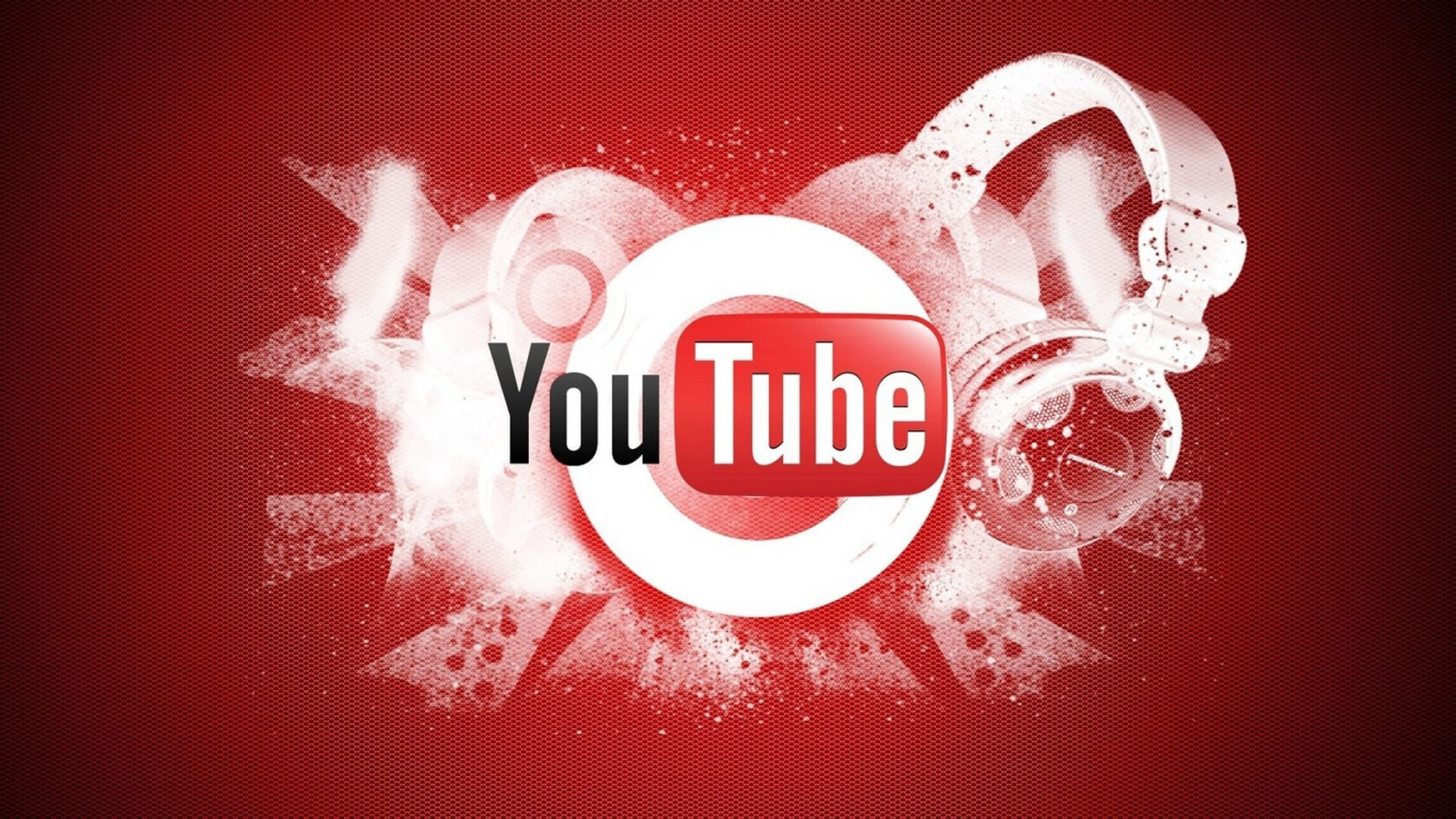Small and growing YouTubers are going have to overcome a new threshold in order to remain a part of the YouTube Partner Program. As a means to protect advertisers and content creators, Google has opted to add more requirements before allowing channels to display ads and share the profits.
Beginning on February 20, 2018, all YouTube channels will need to meet a minimum of 4,000 hours of viewing within the past 12 months. Additionally, a channel must have at least 1,000 subscribers to remain eligible for monetization through the partner program.
These new stipulations are in addition to the previous requirement of 10,000 lifetime views that was implemented in April 2017. If a channel does not meet the new requirements, monetization will be disabled until the need minimums are met. A channel will be reviewed and evaluated for compliance with community guidelines before monetization is restored.
Google believes that by raising the bar for content creators, advertisers will be more willing to spend on their platform. When YouTube states the new requirements will "better protect creators," that refers to existing content producers that are already well established. "In 2018, a major focus for everyone at YouTube is protecting our creator ecosystem and ensuring your revenue is more stable."
As the number of creators relying on YouTube as their main source of income grows, stable revenue is important. There has been more than a 40% increase in the number of channels earning over $100,000 compared to last year.
Out of the smaller channels at risk of losing monetization options, 99% of affected channels currently earn less than $100 annually. Out of this group, 90% of channels earned less than $2.50 in December. Diverting more revenue to channels that have an established audience could help prevent further abuse of YouTube's platform without any significant harm to newer creators.
